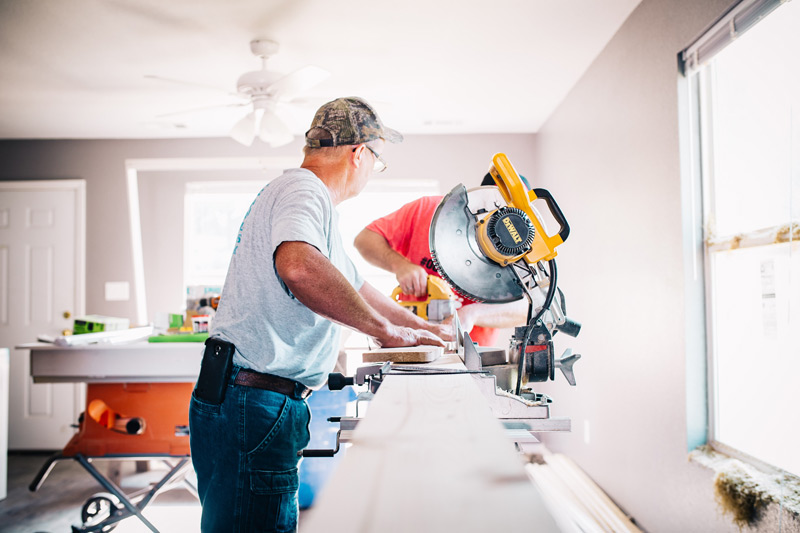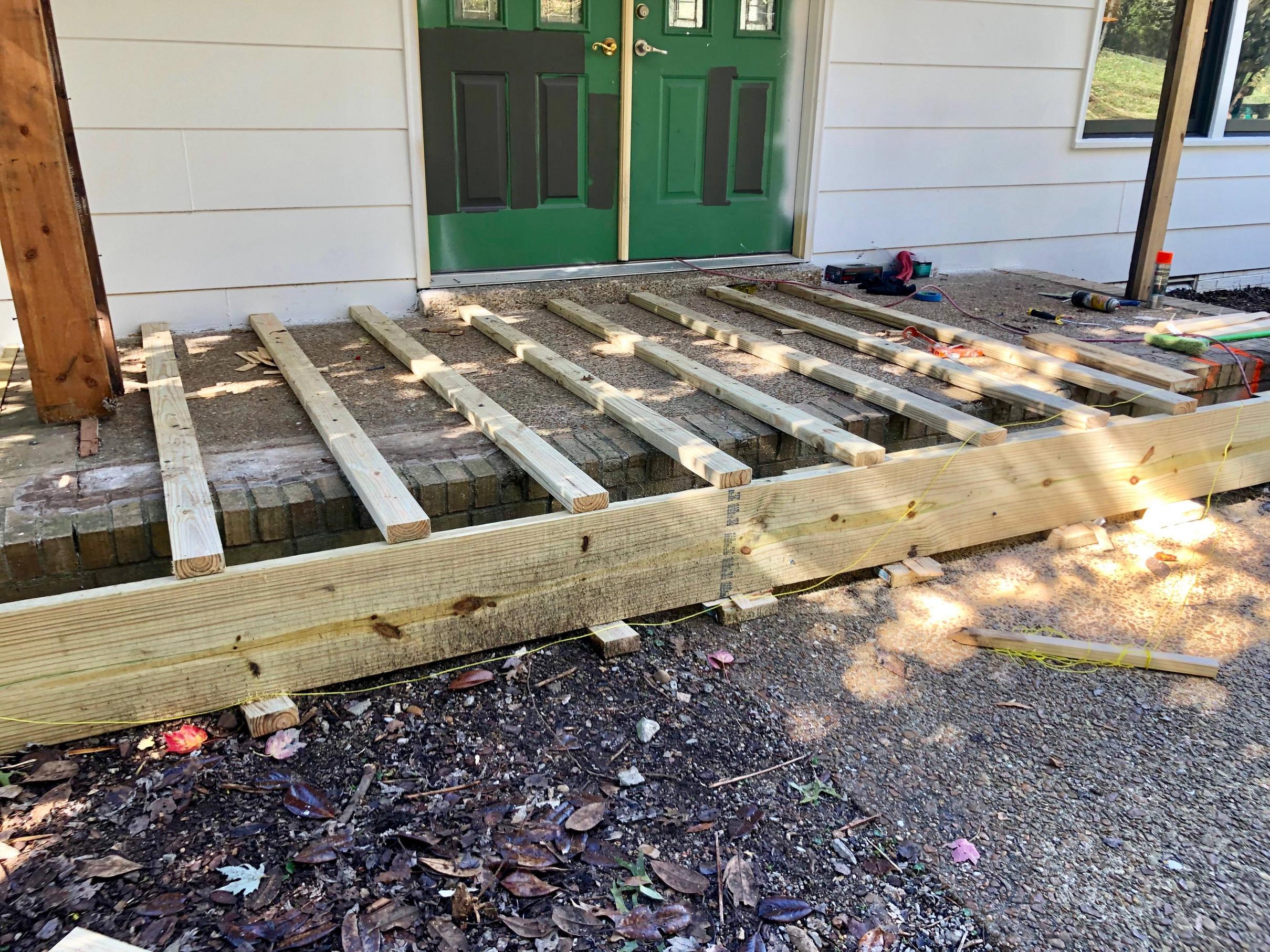
Before you decide to take down a wall. Non-load-bearing walls need a more surgical approach. Bashing them down with hammers can be dangerous and messy. It is safer to disassemble a wall by layering it, much like peeling an onion. To begin, you will need to get rid of any objects that may be inside the wall. Next, you'll need to take out the drywall. You can then remove all wall support structures, and the existing studs will need to be cut down.
Before you can start, it is important to determine if the wall has load bearing capacity. This can be difficult if the wall has bricks. A structural engineer's report will be required in this instance. The next step is to determine if the wall contains plumbing. If it does, you will need reroute the electrical outlets and pipes. It can be dangerous to remove load-bearing walls.

If you're renovating an old house, it may be time to knock down a wall. This is a great idea to increase the space in your home and make it more inviting. You can then start to design a new layout. You can make your home more spacious by removing a wall. Remember to protect your property. When tearing down a room, be sure to consider the impact on the structure of the demolition on the surrounding area.
Before you begin tearing down a wall, you need to identify if the wall is load-bearing. You can usually tell whether or not a particular wall is load-bearing by examining it closely. If you are working from a second floor you should inspect the crawlspace and basement for drains. Then you can start removing the wall. This is a fantastic way to make the room more open and allow more light in.
Before you tear down a wall, you should check for plumbing. It's important to know if the wall is load-bearing by inspecting it closely. Often, a sink will have drains that are hidden in the wall, so check the pipes beneath it and ensure that there are no obstructions to their flow. If they are located in the crawlspace you must also turn off the water and electricity mains.

Before tearing down a wall, make sure you shut off the water supply and the circuit breakers in the home. Make sure you consider the plumbing when tearing down walls in crawlspaces. If the sink or toilet are blocked up, it is likely that it is a load-bearing walls. If you have to remove a wall that is on the second floor, it's worth checking for any other plumbing fixtures. You may also want to check the crawlspace.
FAQ
How important is it to get pre-approved for a loan?
Getting pre-approved for a mortgage is very important because it gives you an idea of how much money you need to borrow. It helps you to determine if your loan application is eligible.
How much does it take to renovate a home?
Renovations are usually between $5,000 and $50,000. Most homeowners spend around $10,000 to $20,000 on renovations.
Are there permits needed to renovate my house
Yes, you will need permits before starting any home improvement project. In most cases, you will need a building permit and a plumbing permit. You might also require a zoning permission depending on which type of construction is being undertaken.
How do I choose the right contractor?
When choosing a contractor, ask friends and family members for recommendations. You can also look online for reviews. Check to make sure the contractor has experience with the type of construction you are looking for. Get references from other people and review them.
Statistics
- Design-builders may ask for a down payment of up to 25% or 33% of the job cost, says the NARI. (kiplinger.com)
- Rather, allot 10% to 15% for a contingency fund to pay for unexpected construction issues. (kiplinger.com)
- According to the National Association of the Remodeling Industry's 2019 remodeling impact report , realtors estimate that homeowners can recover 59% of the cost of a complete kitchen renovation if they sell their home. (bhg.com)
- They'll usually lend up to 90% of your home's "as-completed" value, but no more than $424,100 in most locales or $636,150 in high-cost areas. (kiplinger.com)
- ‘The potential added value of a loft conversion, which could create an extra bedroom and ensuite, could be as much as 20 per cent and 15 per cent for a garage conversion.' (realhomes.com)
External Links
How To
Do you want to renovate your interior or exterior first.
Which one should I do first?
There are many factors you need to consider when choosing which project you want to work on. Most people consider whether the building is new or old. You should consider the condition and age of the roof, windows, doors, flooring, electric system, etc. When the building is new, there are many things to consider such as its location, size, number, style, and so forth.
The roof is the most important thing to inspect if the building is older. If it looks like the roof could collapse any minute now, you may want to start on the renovation. If your roof is intact, you can proceed to the next phase. Next, check out the windows. Next, inspect the windows and make sure they are clean. You can then go through your doors and clean them. Then, if everything seems okay, you can begin working on the floors. Make sure that the flooring is solid and sturdy so that no matter how hard you walk on it, nothing breaks. The next step is to check the walls. Check the walls for cracks and damage. If the wall appears to be in good shape, you can continue to the next steps. Finally, once the walls are inspected, you can work on the ceiling. Make sure the ceiling is sturdy enough to withstand whatever weight you place on it. You can then move on with your renovation if everything looks good.
If the building was built recently, then you would probably want to start with the exterior. The exterior of the home should be examined first. Is it in good condition? Are there cracks or holes? Does it look good? If it doesn't look good, you need to fix it. You don't want to let your home look bad. Next, make sure to check the foundation. If the foundation looks weak, then you should repair it. Also, check the driveway. It should be level and smooth. If it's not, then you should fix it. The sidewalk should be checked as well when you inspect the driveway. It should be replaced if it is uneven.
These areas should be checked before you move on to the inside. Begin by inspecting the kitchen. Are you satisfied with the cleanliness and maintenance of your kitchen? If it is dirty or messy, you need to clean it up. Next, examine the appliances. You should make sure that they are in working order and in good condition. If they aren’t in great shape, then either you buy new ones or replace them. The cabinets should be inspected after that. If the cabinets are stained, or have been scratched, you can probably paint them. If they are in good shape, then you can move to the bathroom. Here, check the toilet. You should replace it if it leaks. If the item is only dirty, you can wash it. Next, check out all the fixtures. Make sure they are clean. If they are dirty, then you should definitely clean them. Finally, you should inspect the countertops. They should be repainted if they are chipped or cracked. If they are smooth and shiny, then you should probably use some kind of sealant.
Final step: Check your furniture. Check that nothing is damaged or missing. If something is missing, then you should probably find it. You should repair anything that is damaged. After everything has been checked, you can go outside to finish the job.